Physical therapy for back after car accident
After a car accident, the road to recovery can be paved with challenges, especially when it comes to back injuries. The jolts and trauma of such incidents can leave individuals struggling with pain, stiffness, and limited mobility. Fortunately, with its tailored exercises and expert guidance, physical therapy for back after car accident proves to be a vital ally in regaining your well-being and restoring your back’s strength.
Table Of Contents
- Causes of back injuries in auto accidents
- Back injury symptoms after a car crash
- Typical causes of back pain after a car crash
- Methods to ease back discomfort after car collision
- Length of rehabilitation with physical therapy
- Factors affecting recovery time
- Benefits of continuing physical therapy after a car accident
- Get the help you need from a physical therapist
Causes of back injuries in auto accidents
The abrupt and violent impact of a collision can put immense stress on the spine and surrounding structures. Common causes of back injuries include:
- Muscle strains and sprains. The sudden, jerky movements of a crash can strain or sprain muscles and ligaments in the back. This can cause pain, stiffness, and decreased range of motion;
- Whiplash. A sudden jolt to the vehicle can cause the head and neck to snap back and forth rapidly, resulting in whiplash. This can strain the muscles and ligaments of the neck and upper back;
- Herniated discs. The impact of a car accident can compress spinal discs, causing the soft inner material to protrude and press against nerves. This can cause severe pain and discomfort;
- Compression fractures. The force exerted on the spine during a collision can cause vertebrae to fracture or collapse. This is especially common in high-speed or rollover accidents.
It’s important to seek medical attention after a car accident, even if there are no immediate symptoms.
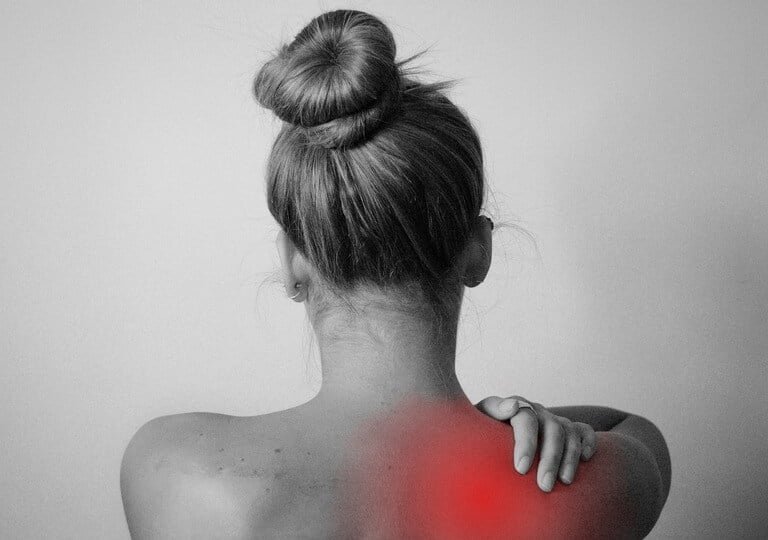
Back injury symptoms after a car crash
Some of them include:
Pain and stiffness. It can range from mild to severe and can be localized or spread throughout the back. Stiffness and decreased range of motion are also common;
Numbness or tingling. If the spinal nerves are affected, you may experience numbness or tingling in your back, buttocks, or legs. This may indicate nerve compression or damage;
Muscle weakness. Back injuries can cause muscle weakness, making it difficult to perform regular activities or exert force. The weakness may be localized or affect larger areas, depending on the extent of the injury;
Radiating pain. Injuries such as herniated discs can cause radiating pain that travels along nerve pathways. For example, a herniated disc in the lower back can cause pain that radiates down the legs (sciatica);
Changes in sensation. Back injuries can cause changes in sensation, such as increased sensitivity or loss of feeling in certain areas of the back or limbs;
It's important to seek medical attention if you experience any of these symptoms after a vehicle collision. Proper diagnosis and early treatment can lead to better outcomes and minimize the risk of complications.
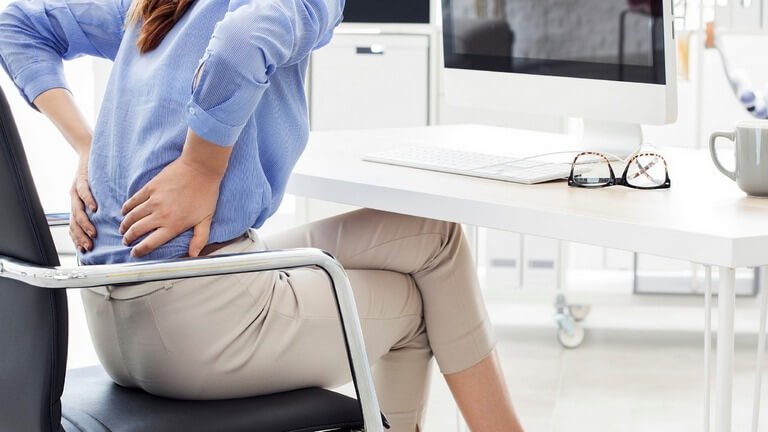
Typical causes of back pain after a car crash
Here are some of the most common causes. Remember: you need to see a doctor to determine the exact cause.
- Whiplash and Soft Tissue Injuries. The sudden jerking motion of the head and neck during a car accident can cause whiplash, resulting in back strain and pain. Soft tissue injuries, such as sprains and strains, are also common causes.
- Facet Joint Injuries. The facet joints in the spine can be damaged in a car accident, causing inflammation and back pain. These injuries often present as localized pain and limited range of motion.
- Sacroiliac Joint Inflammation. The impact of a car accident can cause inflammation and dysfunction in the sacroiliac joint, resulting in low back pain. This pain can radiate into the buttocks and thighs.
- Disc Damage. The force of a car accident can cause herniated or bulging discs, resulting in back pain. These conditions can result in nerve compression, causing additional symptoms such as numbness and tingling.
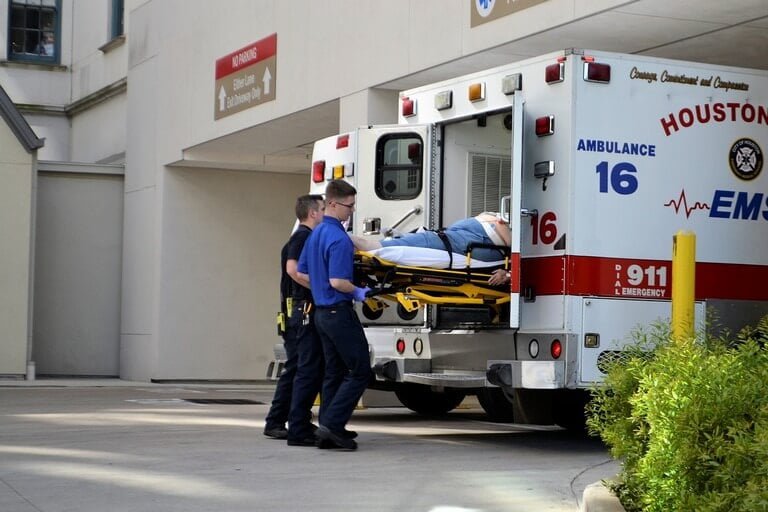
Methods to ease back discomfort after car collision
Home Remedies
Initially, home remedies such as rest, hot/cold therapy, and over-the-counter pain relievers may help alleviate mild back pain. It is important to consult a healthcare professional for proper evaluation and guidance.
Home Exercise
Physical Therapy
An effective way to reduce back pain after a car accident is physical therapy. Skilled therapists develop personalized treatment plans that may include exercises, manual therapy, modalities, and techniques to reduce pain, restore function, and improve overall well-being.
Chiropractic Care
Chiropractors can provide specialized back therapy after a car accident. Through spinal adjustments, manipulation, and other techniques, chiropractic care aims to relieve pain, improve spinal alignment, and improve overall musculoskeletal function.

Massage Therapy
It has the potential to increase blood circulation, allowing essential nutrients and oxygen to reach the injured area of your back and speed up the healing process. After a car accident, it may be beneficial to schedule a soothing massage session. Combining exercises and stretching routines can promote overall body flexibility. Regular exercise will also help strengthen your muscles and provide better support for the affected area.
Consult with healthcare professionals to determine the most appropriate treatment options or physical therapy methods for back pain after a car accident.
Length of rehabilitation with physical therapy
The length of your physical therapy recovery depends on several factors specific to your situation. While each case is unique, it is helpful to have a general understanding that most people with soft tissue injuries from car accidents typically undergo physical therapy for approximately six to eight weeks.
The frequency of your visits may vary, ranging from once a week to as many as three visits per week. Understanding the factors that affect your recovery can help you effectively plan your treatment schedule.
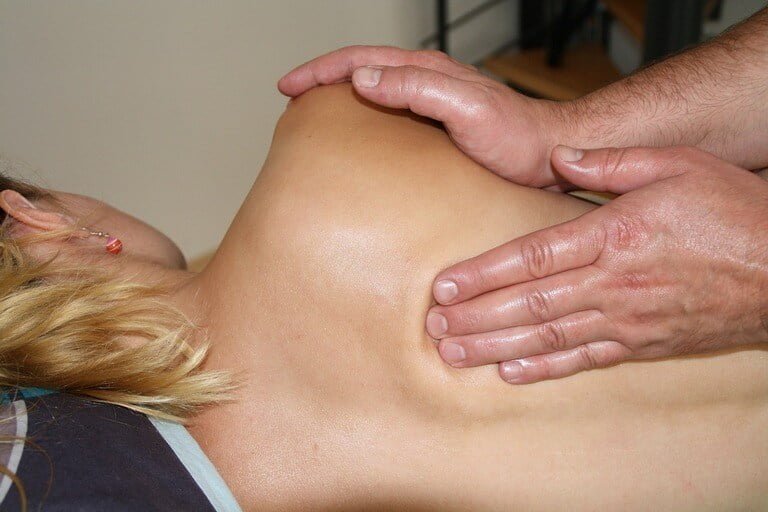
Factors affecting recovery time
1. Type and severity of injury
2. Preexisting injuries
3. Treatment Goals
Your defined treatment goals will determine the number of visits required over a period of time, whether it’s weeks or even years. These goals may include reducing pain and inflammation, restoring range of motion, improving mobility, increasing strength, reducing scar tissue, promoting tissue healing, and restoring full function.
During your initial visit to the physical therapy clinic, the team will assess these factors and provide you with an estimated recovery timeline.
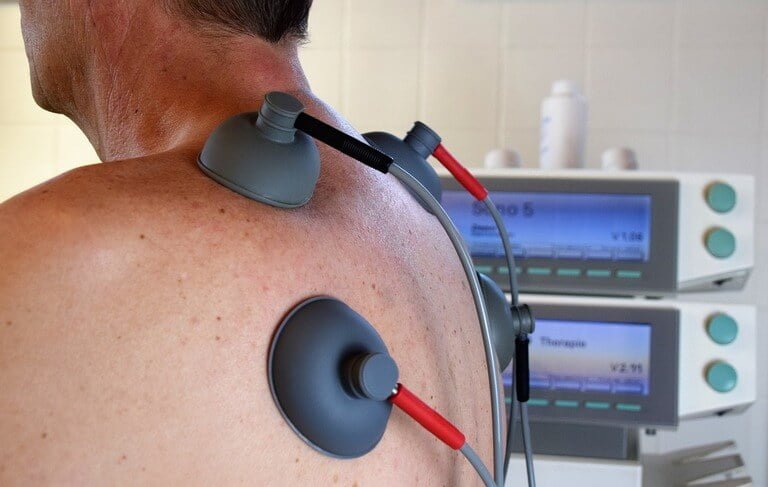
Benefits of continuing physical therapy after a car accident
Supports the recovery process
Helps reduce pain
Physical therapists use various modalities such as manual therapy, heat or cold therapy, electrical stimulation, and therapeutic exercise to effectively manage pain. These interventions target the source of the pain, reduce inflammation, and promote the release of endorphins, providing natural pain relief and improving your overall comfort.
Helps reduce long-term damage
Helps restore function in patients living with old accident injuries
Even if you have had a previous car accident, physical therapy can help restore lost function, improve mobility, and reduce pain related to those injuries. Physical therapists develop specialized treatment plans tailored to your specific needs, with the goal of optimizing your physical abilities and improving your quality of life.
Helps avoid surgery
By focusing on strengthening affected areas, improving stability, and addressing underlying issues, physical therapy can provide a non-invasive and conservative approach to recovery.
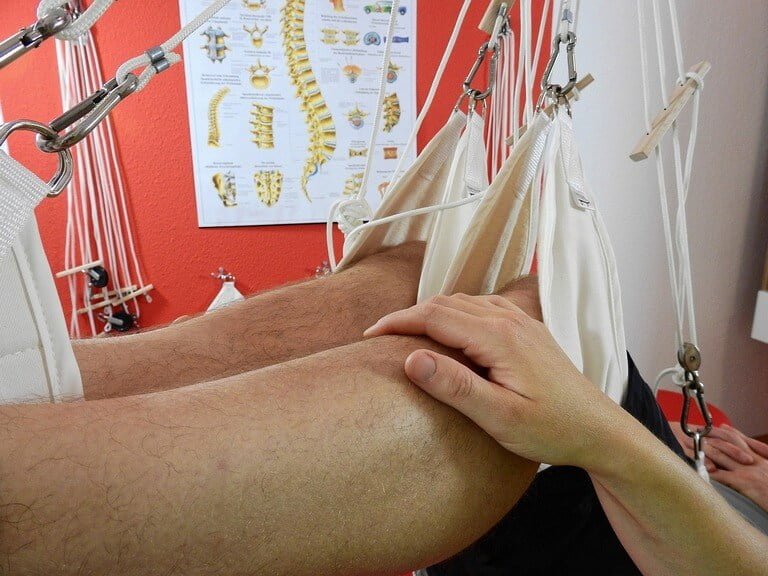
Get the help you need from a physical therapist
We understand that after a serious car accident injury, your priority may be to return to your normal life as quickly as possible, which can lead to the temptation to skip doctor’s appointments and rush into physical therapy.
However, it is important to recognize that your medical team will recommend treatment based on your best interests. The good news is that the cost of physical therapy can often be covered by insurance or personal injury claims resulting from the accident. Our team of doctors and physical therapists accepts a variety of insurance plans, including no-fault, PIP, workers’ compensation, and other health insurance options.
By carefully following your doctor’s instructions and attending each physical therapy session, you can speed up your recovery process, minimize the risk of re-injury, and return to a life free of pain.
Take the first step in your physical therapy journey after your car accident by contacting our clinic today!
Proudly Serving Colorado
improve the quality of life of our patients.
